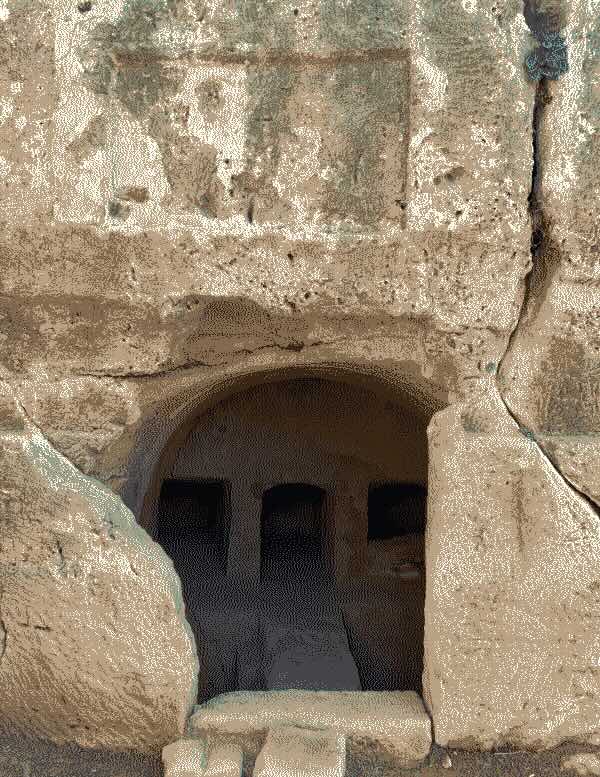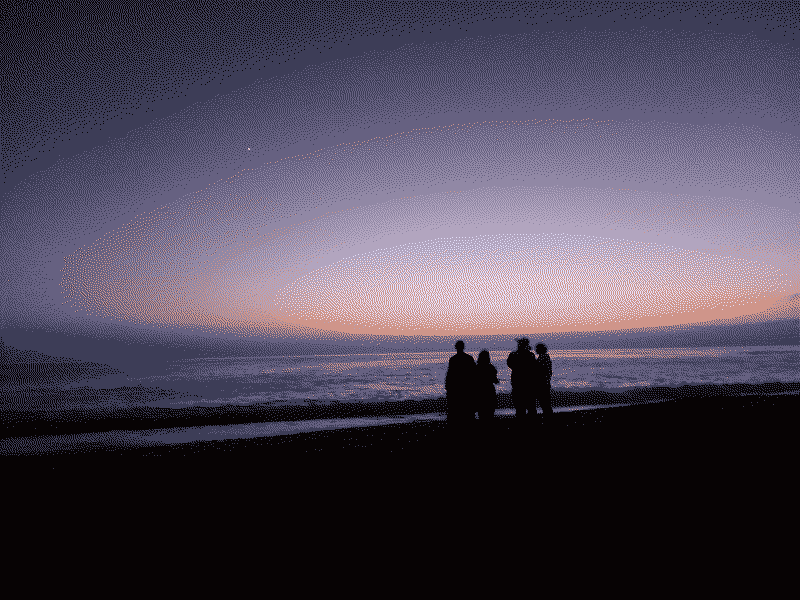Log: Embodiment
29.04.2025 // Lucidity and the Sun
Bath, England ⬔
Lucidity. A concept Camus explored in a few of his essays, and that in many ways echoes a kind of personal philosophy that Andrea and I have been developing. To us, lucidity means to see the world for what it is, instead of ascribing grand narratives or superstition to it as a way to console ourselves for the perceived "meaninglessness" of existence.
In The Stranger, Camus writes about a man named Meursault and describes his complete indifference to the world. Meursault is meant to be unrelatable. Someone who seems almost inhumane, and so, who would not be able to relate or empathize with us either. Through his actions and attitudes, Meursault reveals what Camus calls "the absurd," which has to do with the perceived absence of meaning in life. However, Camus also introduces symbolism to reveal that as humans, we can rebel against the absurd.
In the very first scene of the book, when Meursault finds out his mom died, his apathetic response is difficult to stomach, as it is later on, when he encounters the titular stranger. In both scenes, Meursault focuses on a light that flickers or the sun that blinds him. His fixation on light during moments in which more "important" things occur, like the death of his mother, increases the distance between Meursault and the reader.
The light and the sun to me represents two things in this book. On some level, the distance we feel between ourselves and Meursault serves as a reminder of our innate urge to care, even when the world appears to be meaningless. An urge to care that Meursault does not seem to experience.
But the depiction of light also serves as another reminder, that when we feel the weight of the absurd the most, the shining light can set a path forward. The light shines on our skin and makes us see, and so it reminds us to be present. When we are present and experience the world for what it is, lucidly, we can revolt against the absurd.
This idea of lucidity and Camus' articulation of this concept was eloquently spelled out in a recent episode of Philosophize This on The Stranger, and I felt myself just nodding along in agreement.
- Marc
20.03.2025 // Everyday Delights
Uffculme, England ⬔
After spending my first few days at Selgars Mill, I have begun to notice a new small pleasure that brightens my days. Whenever I finish cooking and begin to serve a plate, thoughts pop into my head about adding a garnish here, perhaps, or layering some mushrooms there. I have gotten into the habit of spending a few minutes playing with the colors and textures of the food on the plate before sitting down to eat it.
As much as I have enjoyed cooking for many years now, beautiful plating has never felt as natural and pleasurable as it does now. In fact, I am relishing being able to cook for myself again after weeks of communal cooking. At the same time, however, working alongside some pretty amazing chefs at Feÿ has altered my relationship with cooking in a way that is reflected in my newfound instinct to plate with care.
I have started to catalogue my imperfectly pretty plates, and I think back fondly to chefs Elena and Giuseppe, and a few other talented cooks I met at the château.

- Andrea
24.11.2024 // Paphos!
Paramytha, Cyprus ⬔
Yesterday, we drove to Paphos to visit of the Tombs of the Kings, a major archaeological site and necropolis for the wealthy and powerful of the late BCs.
From the distance, we could see the white-washed city sprawling along the blue Mediterranean coast. Smaller than Limassol, but also hillier, I discovered Paphos as a place of contradictions.
Angular buildings from the 90s or early 2000s dot the long coastline. Here and there, there were some more contemporary structures mixed in. Elevators connect the lower part of the city, which we quickly discovered was all resorts and holiday rentals, with the old town that was constructed up on the hills.
A cross between charming and desolate, the old town managed to be a sort of lively ghost town. We stopped by a taverna that was full of people and live music, but the neighboring streets still felt hollow and empty, somehow. Freshly painted shops looked as if they were just about to open for the first time, while right next door the other buildings appeared to be crumbling. The minaret of a grey-stoned mosque nearby rose into the sky.
On the big roads, we witnessed cars fighting for space around rotundas, and it seemed suddenly like that’s where everyone was (if not in a taverna): in their cars, going somewhere.
From a first glance, it would be impossible to guess that this all lies on top of porous limestone and monumental ancient ruins.
The huge stone cut niches and temples we visited at the Tombs of the Kings were once filled with precious Hellenistic or Ptolemaic sarcophagi and treasure. Now, they house pigeons, native to this region, along with the recently arrived Asian hornets. The empty tombs house a damp and dusty darkness too, it’s an emptiness that feels dense. Uncanny in its weight.

What fascinates me the most about visiting archaeological sites is how the experience deconstructs a sense of normalcy; something that can also happen with intellectual discoveries. I have experienced this first-hand in the classroom, while studying history, astronomy, or literature. But at a site, the deconstructiong of normalcy happens in a very physical way. Suddenly, I am standing at the edge of this hole in the ground, and I see doric columns below me, rising up as if holding up the rock and ground that I stand on.
To borrow a cliché, my perspective is shifted, literally. The usual rules of the game, on how to interact with a building or a space, are challenged. As much as the exposure to different narratives through books and film and conversations serves to challenge our preconceptions, there is something about movement—moving through a space and experiencing distances, heights, and depths differently—that hits home. It’s a very visceral reminder of the vastness of pretty much everything: the planet, history, culture, microbiology, outer space, which is fun to encounter on a “small” island like Cyprus.

Ever since I took a history class on Salsa music and dance a few years back, I’ve been noticing how the concept of “embodiment” pops up from time to time. And if I really think about it, I had already begun to think about "embodiment" after my undergraduate capstone course on Cervantes' short stories, which feature some interesting body-centered themes.
This has been significant to me because I grew up very "mind" centered. It's interesting to think very deliberatively about what it means to be "in" a body or to be a body, especially in thinking about how movement can be an act of knowledge-making or knowledge-sharing (something we usually associate exclusively with "the mind"). And what about storytelling? I also find it interesting how controlling movement can be a powerful tool in the hands of authorities, and how encouraging certain types of movements can also foster collective myths—thinking of Youth Groups in Nazi Germany or cults that have their members do physical labor or specific types of sport. And well, there is a reason that "movement" is also used to describe social, cultural, political changes like the labor or the feminist movements.
Moving around Cyprus has been very interesting (especially without owning a car). And this visit to Paphos has definitely been a highlight of my time here. It has given me a lot to think about.
We concluded our latest mini-trip, daylight fading fast, at a curving pebbly beach, which myths tell is the birthplace of Aphrodite.
- Andrea